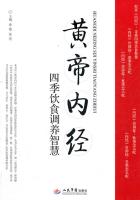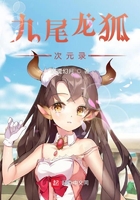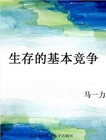The incandescent lamp and the central power station, considered together, may be regarded as one of the most fruitful conceptions in the history of applied electricity.It comprised a complete generating, distributing, and utilizing system, from the dynamo to the very lamp at the fixture, ready for use.It even included a meter to determine the current actually consumed.The success of the system was complete, and as fast as lamps and generators could be produced they were installed to give a service at once recognized as superior to any other form of lighting.By 1885 the Edison lighting system was commercially developed in all its essentials, though still subject to many improvements and capable of great enlargement, and soon Edison.sold out his interests in it and turned his great mind to other inventions.
The inventive ingenuity of others brought in time better and more economical incandescent lamps.From the filaments of bamboo fiber the next step was to filaments of cellulose in the form of cotton, duly prepared and carbonized.Later (1905) came the metalized carbon filament and finally the employment of tantalum or tungsten.The tungsten lamps first made were very delicate, and it was not until W.D.Coolidge, in the research laboratories of the General Electric Company at Schenectady, invented a process for producing ductile tungsten that they became available for general use.
The dynamo and the central power station brought the electric motor into action.The dynamo and the motor do precisely opposite things.The dynamo converts mechanical energy into electric energy.The motor transforms electric energy into mechanical energy.But the two work in partnership and without the dynamo to manufacture the power the motor could not thrive.Moreover, the central station was needed to distribute the power for transportation as well as for lighting.
The first motors to use Edison station current were designed by Frank J.Sprague, a graduate of the Naval Academy, who had worked with Edison, as have many of the foremost electrical engineers of America and Europe.These small motors possessed several advantages over the big steam engine.They ran smoothly and noiselessly on account of the absence of reciprocating parts.
They consumed current only when in use.They could be installed and connected with a minimum of trouble and expense.They emitted neither smell nor smoke.Edison built an experimental electric railway line at Menlo Park in 1880 and proved its practicability.
Meanwhile, however, as he worked on his motors and dynamos, he was anticipated by others in some of his inventions.It would not be fair to say that Edison and Sprague alone developed the electric railway, for there were several others who made important contributions.Stephen D.Field of Stockbridge, Massachusetts, had a patent which the Edison interests found it necessary to acquire; C.J.Van Depoele and Leo Daft made important contributions to the trolley system.In Cleveland in 1884 an electric railway on a small scale was opened to the public.But Sprague's first electric railway, built at Richmond, Virginia, in 1887, as a complete system, is generally hailed as the true pioneer of electric transportation in the United States.
Thereafter the electric railway spread quickly over the land, obliterating the old horsecars and greatly enlarging the circumference of the city.Moreover, on the steam roads, at all the great terminals, and wherever there were tunnels to be passed through, the old giant steam engine in time yielded place to the electric motor.
The application of the electric motor to the "vertical railway,"or elevator, made possible the steel skyscraper.The elevator, of course, is an old device.It was improved and developed in America by Elisha Graves Otis, an inventor who lived and died before the Civil War and whose sons afterward erected a great business on foundations laid by him.The first Otis elevators were moved by steam or hydraulic power.They were slow, noisy, and difficult of control.After the electric motor came in; the elevator soon changed its character and adapted itself to the imperative demands of the towering, skeleton-framed buildings which were rising in every city.














